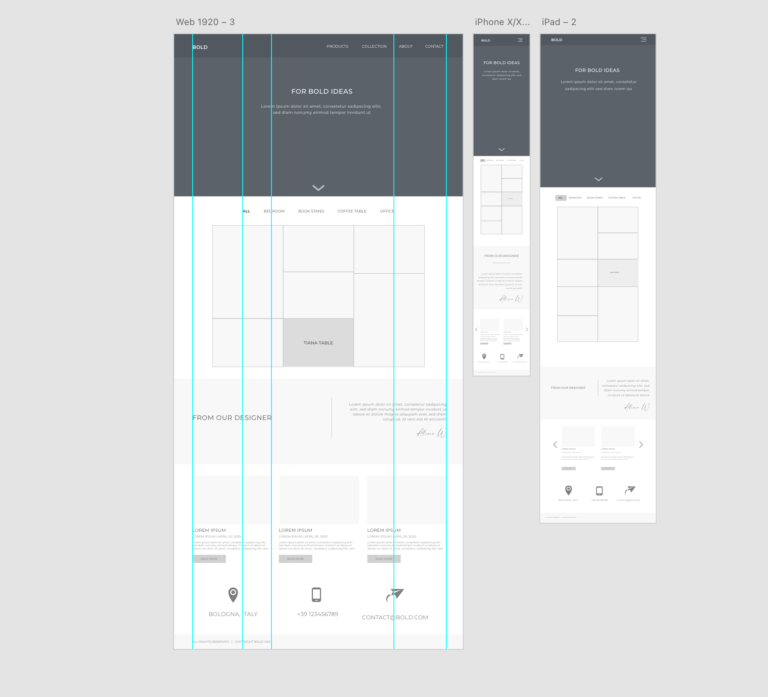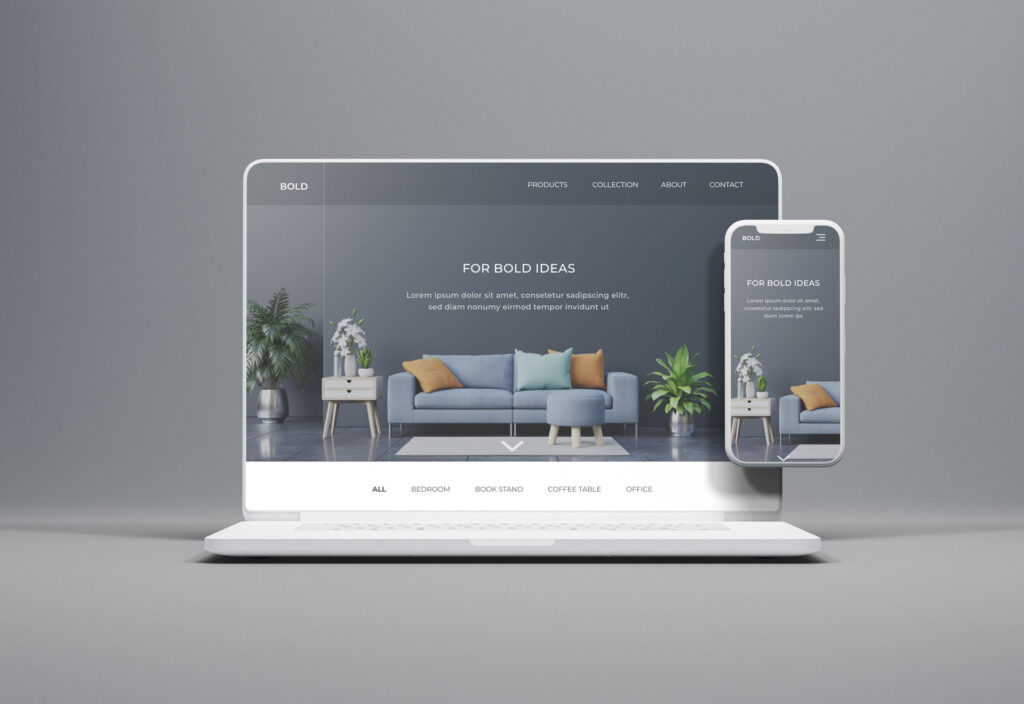Problem Statement
A furniture website can bring the customer tne beauty or convenience shopping effortless. However, there are some concerns that stop people from shopping for furniture online:
- Cant see and touch the product ahead of time
- Shipping and returns are expensive
- Returning a product is troublesome
- Don’t get the same experience as walking through a showroom
challange
The goal is to create a furniture website that mimics a similar experience as shopping furniture in-store while providing solutions to solve the pain points in order to drive traffic to the website.

Key Research Findings
In the most recently measured period, furniture and home furnishing sales accounted for 12.9 percent of total retail e-commerce sales in the Bangladesh.
The prime demographic for furniture buyers are between the ages of 32-45 years old and predominantly female.
Millennials are the largest consumer group in the US furniture and bedding market.
AR and VR have widespread use cases but are tailor-made for the home furnishings industry. This technology increases consumer confidence when purchasing big-ticket items.
Aside from conversion rate benefits, AR can also help reduce return rates by helping to prevent consumers from making erroneous purchases that cause buyer’s remorse.
Research Process
I worked closely with the Bold project manager and marketing teams to develop user profiles, journeys, and stories then applied these to a navigation structure and information architecture. I formed focus groups and performed real-time and remote user testing at test stage of the project.
Market Analysis
With the requirements from the project brief and research plan in hand that served as a guide that followed throughout the research phase, I started my research with Market Analysis. To start this project it was important to establish an understanding of the furniture industry, current target demographics, and AR/VR trends in the furniture industry.
Persona
User persona is an ideal user. Personas are created after customer research, qualitative and quantitative. Segmented by demographical and psychological data in order to create specified target audience.

After the secondary research, I developed a list of questions and conducted series of interviews with people who had experience with purchasing furniture or who were looking to purchase furniture. These interviews helped me in gaining an understanding of people’s experiences and preferences towards buying furniture. Assumptions I hoped to prove or disprove were:
• Users like to visit the store physically to see furniture before they
make a purchase.
• Users go online for ideas and inspiration for decoration.
• Users want to see how products fit in their space.
Wireframes / Mockups





CONTACTS
-
Churchyard Row 9
SE11
London - savikina.v@gmail.com
SOCIAL NETWORK
VERONIKA SAVIKINA
Digital Design | Layout Design | Graphic Design